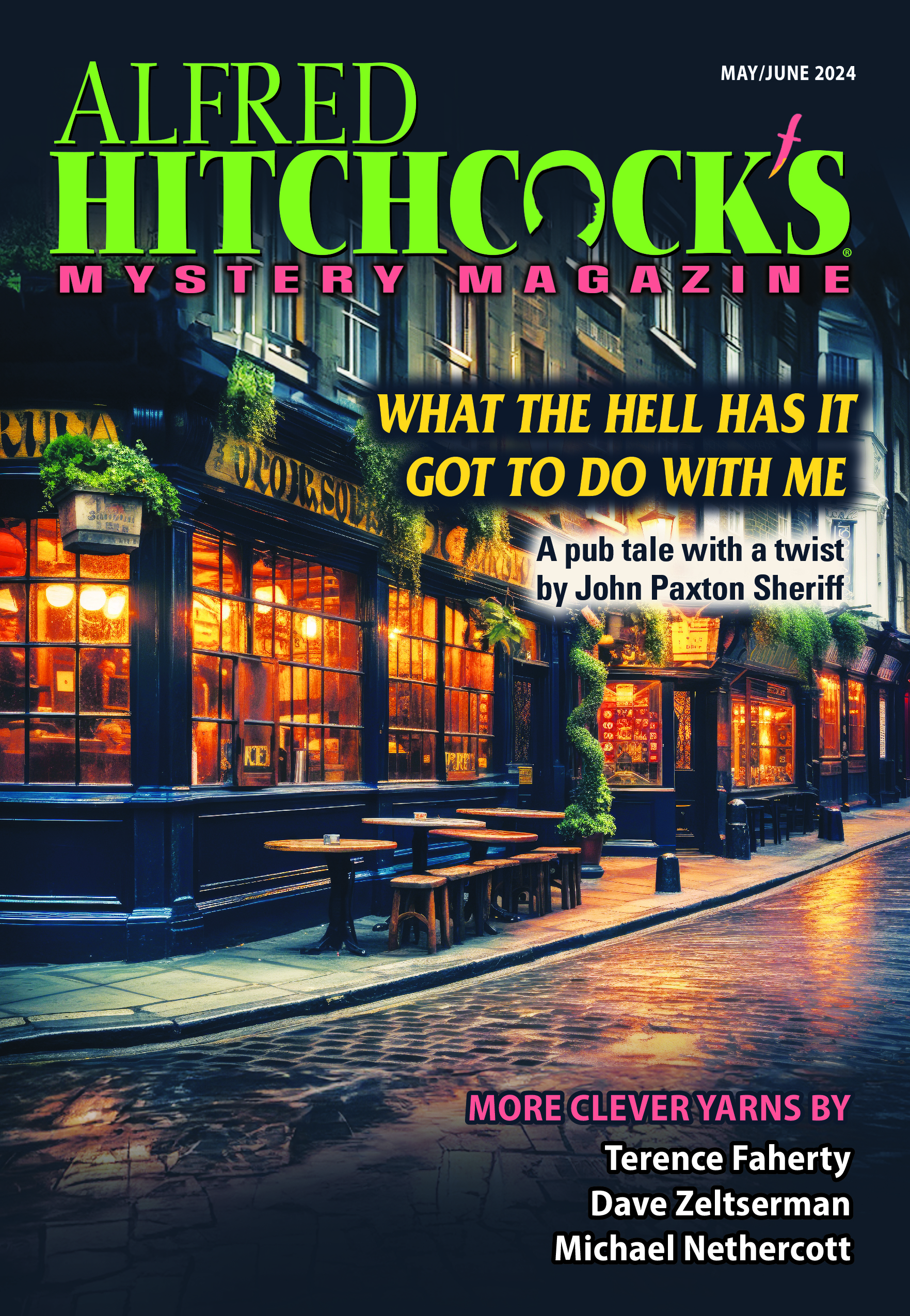Laurel Flores Fantauzzo began penning AHMM’s Booked & Printed column in our March/April 2019 issue. Readers may recognize her name from our masthead; she previously served as the magazine’s assistant editor. Laurel is the author of The First Impulse (Anvil, 2017) and the upcoming The Heartbreak of Corazon Tigubio (HarperTeen, 2021). Her work has appeared in the New York Times, World Literature Today, and the Mekong Review, and she is an assistant professor at the University of Hawaii at Manoa. AHMM managing editor Jackie Sherbow had the opportunity to ask Laurel some questions about her work, reviewing, literary citizenship, and more.

Laurel Flores Fantauzzo. Photo courtesy of the author.
Jackie Sherbow: The First Impulse is a work of nonfiction about the lives and unsolved murders of film journalists Alexis Tioseco and Nika Bohinc. Can you talk a little bit about your experience writing this book and what you learned during the process?
Laurel Fantauzzo: In 2010 I went to Metro Manila, my mother’s birth country, on a Fulbright scholarship. I started meeting young artists, filmmakers, writers, NGO workers and activists. They were haunted by the sudden murders of their friends, Alexis and Nika, and the case remained unsolved. I identified with Alexis; a mixed-race young man of the Philippines, who chose to stay there, and with Nika, who went to the country because she loved him. They were both young writers too—film journalists.
Because the case was unsolved—and three suspects remain at large to this day—I realized it would be a book humanizing both the victims, and the country in which they died. So much of true crime lionizes the perpetrators, the killers—the victims are often props left behind. My book spends more time on the reverberations of loss, and the presence of the victims that remains, while placing the crime in context with the social, postcolonial pain of the country.
Considering the epidemic of homicide in the Philippines now, I’ve been told the book was prescient. I do wish that were not so.
JS: How do mysteries and crime fiction fit into the general literary tradition and sociopolitical/cultural landscape?
LF: I had an advisor, the writer Patricia Foster, tell me this: a crime is like a Rorschach test for a society. A reader will witness it and perceive any number of elements. Humans are drawn to questions of wrongdoing, to questions of injustice, to the puzzles of incompleteness. That’s my theory, anyway, as to the role of mysteries and crime fiction.
In America in particular, violence and killers hold a lot of power in the larger imagination, often for entertainment. It’s a trend about which I have many reservations.
JS: Your reviews include nonfiction, children’s books, novelty books, and other works in addition to traditional crime novels. How do you source books for review?
LF: I follow my curiosity, and I also keep an eye out for any trends that seem to address some larger societal question or anxiety. I did a column on the anxieties of social media in novels, for example. I’m deliberately eclectic.
More practically, I look at social media and industry magazines to see what’s coming up. I also like to find anything that may have flown under the radar. I don’t look at any other reviews of a book before writing mine.
I’m less likely to review literary heavyweights that may approach household names; I like pointing out emerging writers, or writers who’ve worked for a long time without much recognition.
JS: What type of literary citizenship in a community do you believe book reviews serve?
LF: It’s healthy to think out loud about books; to join in conversation about them, to express our praise and reservations and questions about books. It’s also healthy to point out works that may have gone unnoticed, if not for some public discussion of it in a magazine like AHMM.
JS: What do you look for in a book to review?
LF: I have no prescriptive rubric! I do like writers who spend time developing every character; for whom no character is a device, but a fully realized person, even if just for a page. I also like to see a context illuminated, be that of a place, an era, or some other kind of larger background.
Because I’m also in academia with a full-time teaching load, and writing books of my own and completing a PhD, I typically read the first two pages of a review copy to decide if it’s for me. If I’m a little curious, I’ll read the whole first chapter. If I’m still compelled after that chapter, I’ll likely review the book. The method has worked for me so far.
JS: For you, what constitutes a complete review of a book?
LF: The reader should know what the book is about, have some context for what the author is attempting to portray, and the reviewer’s opinion as to whether that attempt succeeded or not.
JS: What should any publisher know when sending a book to your attention?
LF: True crime books that spend a majority of time attending to the perpetrators, not the victims, are likely not for me. I do like unique voices, and narrators we may never have met before.
JS: What type of books do you personally enjoy to read/what are you reading right now that won’t make it into the Booked and Printed column?
LF: I read a lot of longform nonfiction, either in book form or on literary or journalistic websites. I enjoy lightly speculative literary fiction, young adult fiction, and graphic novels. I also reread favorite novels from my childhood and adolescence. I necessarily read academic books about mixed race, trauma and recovery, the Philippines, and Asian-America.
JS: Tell us about what else you’re working on right now.
LF: I’m completing a young adult novel for HarperCollins, The Heartbreak of Corazon Tagubio. It’s set in Los Angeles and Manila, Philippines, and while it’s not a crime novel, I think it takes some taboo risks.
Thank you, Laurel! You can read Laurel’s book-review column in every issue of AHMM—and keep an eye out for her upcoming novel The Heartbreak of Corazon Tagubio from HarperTeen in winter 2021.






 Doctor John H. Watson is one of the great overshadowed characters of literature (for others, see Jim in The Adventures of Huckleberry Finn and Nausikaa in The Odyssey; there are many). Sherlock Holmes is not being ironic when, in “A Scandal in Bohemia,” he says, “I’m lost without my Boswell.” He would not only have been lost to current recognition and to posterity, but in his own self-absorption and ego. In this blog, however, I’m not writing about Holmes, but about his companion, who, in the story “Shiva’s Eye,” encounters mysteries long before he ever encountered his famous friend. Moreover, we must admit it’s because of Doctor Watson’s writing that his friend became famous.
Doctor John H. Watson is one of the great overshadowed characters of literature (for others, see Jim in The Adventures of Huckleberry Finn and Nausikaa in The Odyssey; there are many). Sherlock Holmes is not being ironic when, in “A Scandal in Bohemia,” he says, “I’m lost without my Boswell.” He would not only have been lost to current recognition and to posterity, but in his own self-absorption and ego. In this blog, however, I’m not writing about Holmes, but about his companion, who, in the story “Shiva’s Eye,” encounters mysteries long before he ever encountered his famous friend. Moreover, we must admit it’s because of Doctor Watson’s writing that his friend became famous.


